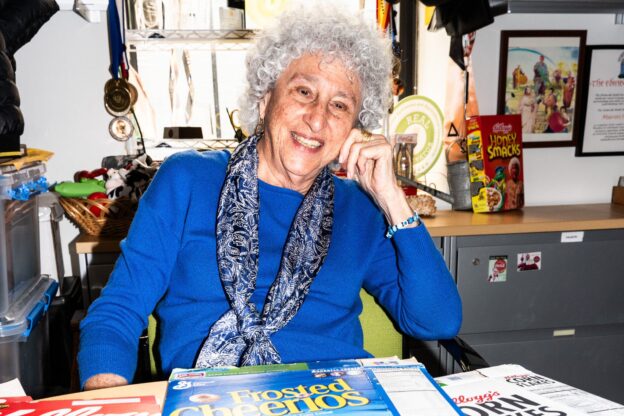Marion Nestle (not like the food company – cozier, like nestling in with a good book) is no stranger to the New York Times. She’s been quoted there for years as the eloquent and insightful professor of nutrition that she is – over 500 search results there mention her. Her voluminous work (in academia, general-audience books and articles, and her blog), put systemic factors (corporate food design, advertising, lobbying, governmental subsidies and policies) on the map, nudging aside the usual treatment of eating as purely an individual choice. With the incoming administration in Washington DC, we’re seeing a torrent of abrupt shifts in policymaking that make this a good time for the Times to profile her, as they have done this week: “At 88, a nutritionist meets her moment.”
A big part of her work is carefully picking out the systemic influences on what ends up on our plates. Much of the rest can be summarized by this appearance in yet another New York Times article, “10 Nutrition Myths Experts Wish Would Die”:
Myth No. 10: Fundamental nutrition advice keeps changing — a lot.
This is not the case, said Dr. Marion Nestle, a professor emerita of nutrition, food studies and public health at New York University. “In the 1950s, the first dietary recommendations for prevention of obesity, Type 2 diabetes, heart disease and the like advised balancing calories and minimizing foods high in saturated fat, salt and sugar. The current U.S. Dietary Guidelines urge the same.” Yes, science evolves, but the bottom-line dietary guidance remains consistent. As author Michael Pollan distilled to seven simple words: “Eat food. Not too much. Mostly plants.” That advice worked 70 years ago, and it still does today, Dr. Nestle said. And it leaves plenty of room for eating foods you love.
Photo by Graham Dickie, for the New York Times, from “At 88, a nutritionist meets her moment.”

